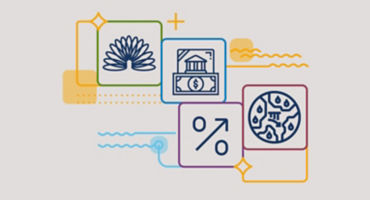- Co-Head of Investment Strategy
Skip to main content
- Funds
- Insights
- Capabilities
- About Us
- My Account
OUR FUNDS
Explore our insights
Asset class
Formats
Explore our capabilities
Asset class
Login To Your Account
Access your account summary, investment reports, or restricted marketing content
Need To Create An Account
To create an account please reach out to your relationship team.
Email:
alternatives@wellington.com
Phone:
- +1 617-951-5372 (Boston)
- +44-20-7126- 6025 (London)
- +852-2846-6000 (APAC)





